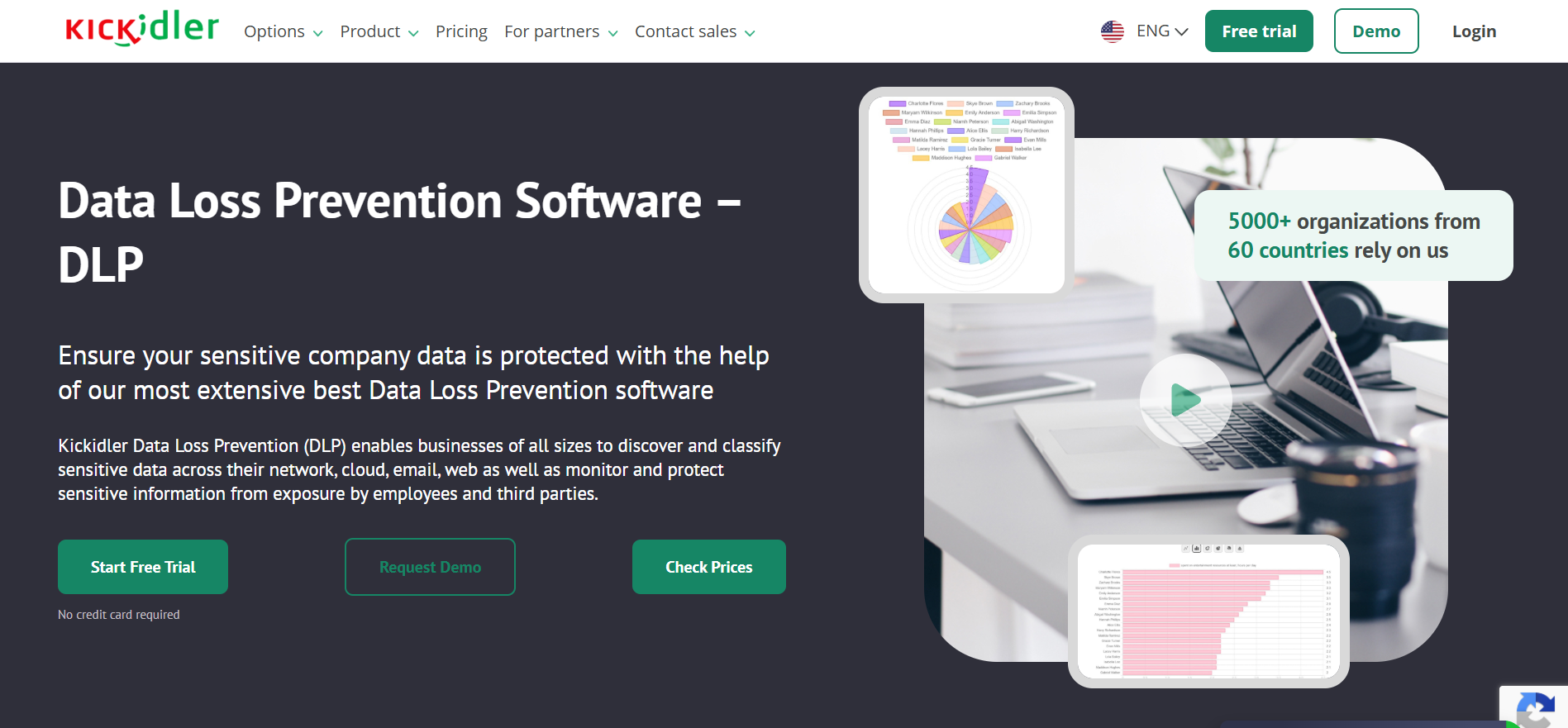How Does a Data Loss Prevention System Work in Modern Business Environments?
In today’s digital-driven business world, protecting sensitive data is no longer optional it’s essential. From customer information and financial records to intellectual property, companies handle enormous volumes of valuable data daily. But with greater data access comes greater risk. This is where understanding how does a data loss prevention system work becomes critical for any modern organization.
A data loss prevention service acts like a shield, helping businesses prevent accidental or intentional data breaches while ensuring regulatory compliance. But how exactly does this system work, and why is it so important in today’s workplace? Let’s break it down.
What is Data Loss Prevention Software?
At its core, data loss prevention software commonly known as DLP software—helps organizations monitor, detect, and block the unauthorized transfer or use of sensitive data. Whether stored in emails, databases, cloud platforms, or personal devices, DLP software identifies and safeguards critical information from being leaked, mishandled, or stolen.
Its role in modern businesses is far more than just security it also enhances productivity, enforces company policies, and ensures that companies remain compliant with data protection laws like CCPA, HIPAA and GDPR. In an age of hybrid and remote work, these solutions have become indispensable.
Key Features of Data Loss Prevention Software
An effective data loss prevention service offers several powerful features that make managing sensitive information easier and safer:
- Insider Threat Prevention
Detects and prevents risky behavior from employees who might unintentionally or maliciously leak data.
- Data Misconduct Detection
Identifies improper handling of data, such as copying sensitive files to unauthorized devices.
- User Behavior Analytics
Uses machine learning to detect unusual or suspicious user activities, such as accessing large volumes of data at odd hours that may signal a threat.
- Continuous Data Monitoring
Constantly scans and monitors data movement across networks, devices, and cloud services to catch potential leaks before they happen.
- Employee Monitoring
Provides visibility into how employees interact with sensitive data without breaching personal privacy, helping companies maintain accountability while respecting ethical boundaries.
These features don’t just prevent problems they make managing data security a smoother and more efficient process for IT teams.
Benefits of Using DLP Software in Modern Business Environments
The advantages of using DLP software extend well beyond basic security:
- Protection from Internal Threats: Whether intentional or accidental, employees can cause data leaks. DLP software helps stop such incidents in real time.
- Improved Compliance: Industries like finance, healthcare, and government require strict data handling. DLP helps businesses meet these standards effortlessly.
- Enhanced Trust: Customers and partners are more likely to trust companies that take data protection seriously.
- Support for Remote and Hybrid Work: As staff increasingly work from various locations, DLP ensures data remains safe no matter where it’s accessed.
Compliance, Privacy, and Ethical Considerations
A common concern when using any monitoring software is privacy. Ethical deployment of DLP ensures employees are informed about monitoring practices while staying compliant with global data protection laws. When used transparently and responsibly, data loss prevention software can protect both business interests and individual rights, balancing security with respect for privacy.
Real-World Use Cases of DLP Software
Many industries rely heavily on DLP systems:
- Healthcare: DLP safeguards patient records to ensure HIPAA compliance.
- Finance: Prevents leaks of financial data such as customer credit card numbers.
- Retail: Protects customer databases and payment systems from unauthorized access.
For example, a healthcare provider might deploy a data loss prevention service to monitor outgoing emails and block any transmission of unencrypted patient data, avoiding costly penalties and maintaining trust.
How to Choose the Right Data Loss Prevention Service
Selecting the best DLP solution depends on several factors:
- Scalability: Can the software grow with your business?
- Integration: Does it work seamlessly with your existing systems like cloud storage or email platforms?
- User-Friendliness: Is the interface intuitive for both IT admins and non-technical staff?
A robust data loss prevention service should offer flexibility, reliability, and strong customer support to meet your company’s specific needs.
Best Practices for Implementing DLP Software
To maximize the effectiveness of DLP software:
- Define clear data handling policies.
- Educate employees about data security practices.
- Set up automated alerts for suspicious activity.
- Regularly audit the system and update software to address new threats.
Proper implementation ensures that the system works as intended without disrupting everyday business operations.
Trends and the Future of Data Loss Prevention Software
The future of data loss prevention software is exciting. With advancements in AI and machine learning, DLP tools are becoming smarter at predicting and stopping threats before they happen. Integration with cloud platforms and mobile devices ensures coverage across all working environments. As businesses adapt to remote work, DLP solutions will continue to evolve to meet these dynamic challenges.
Conclusion
Understanding how does a data loss prevention system work is essential for any business that handles sensitive or confidential information. A reliable data loss prevention service not only safeguards valuable data but also supports regulatory compliance, builds trust, and enables secure digital transformation. As technology and work environments continue to evolve, so will the importance of having a strong DLP strategy in place.

Leave a Reply